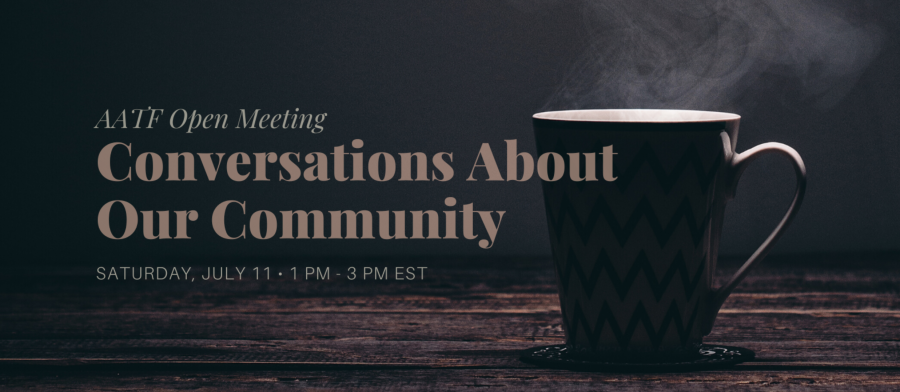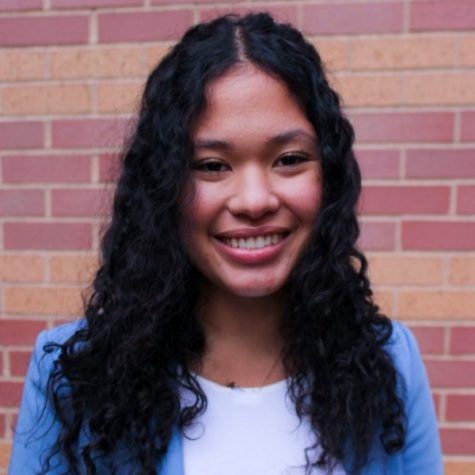Asian-Americans speak up about racism in Asian community, Black Lives Matter
October 10, 2020
The Black Lives Matter movement has sparked global conversations about racial inequality. The Asian community in the US is now confronted with fighting systemic racism against the Black community, while fighting its own battles against racial discrimination.
The Asian “model minority” narrative has been re-examined by many over the last few months. “Model minority” is a label that’s often attached to the Asian-American community. It is usually interpreted as the view that Asian immigrants are polite, law-abiding, generally successful, and pull-yourselves-up-by-your-bootstraps model citizens.
Recently, more members of the Asian community are thinking critically about the ways this narrative has been used to drive a wedge between the Asian community and other minority groups, particularly the Black and Latinx communities.
Aleyah Aragon, a fourth-year bioengineering major at Northeastern University, identifies as a Filipina-American. She urges members of the Asian community to dig deep and ask themselves how they may have been complicit in perpetuating the anti-Black narrative.
“By not rejecting the idea of being the model minority, and believing we’re being treated as the “best” minority, many Asians believe that then maybe, just maybe, we can be treated like white people,” she said. “We have to stop kidding ourselves by thinking that staying silent will maintain our chances of not being treated like other racial minorities. Even thinking like that insinuates that people understand that racial minorities are being treated as less than, so why not do something about it?”
Aragon said a defining part of being an Asian-American is whether you are brown-skinned or fair-skinned. As a brown-skinned Asian herself, she argues that there is deep-seated colorism in the Asian community.
She and others argue that there is a general belief that the fairer one’s skin, the more advantageous and beautiful it is. She describes bleaching skin creams in Asia to be as common a practice as tanning beds as in the US.
Claire Blaufox is the president of the Chinese Student Association at Northeastern, or CSA, as well as a member of the Pan Asian American Council’s Asian-American Taskforce, or AATF. AATF was created over the summer in response to BLM, and it conducts workshops to encourage difficult conversations about the Asian community’s role in racism against other minority communities, specifically Black and Latinx. A recent workshop unpacked the model minority narrative and the ways it perpetuates anti-Black sentiment.
Blaufox is a third-year chemical engineering major who identifies ethnically as Chinese and Ashkenazi Jewish. She believes that she can give an interesting perspective on the Asian-American experience, especially growing up as someone who was perceived as racially ambiguous.
Blaufox said that when she was young, people were confused by her race, so some felt comfortable being more vocally racist towards her. As she grew up, Blaufox felt she was more often perceived as an Asian woman. As the social and cultural climate changed, she has seen and heard fewer racist acts and words directed toward her.
Blaufox has been pleasantly surprised to see so many of her friends becoming involved in social justice movements, particularly those concerning race. They attend protests and read material to educate themselves on various issues. However, she also encourages the Asian-American community to be louder, more vocal, and to stand up for other minority communities; it’s time to get angry.
“Complacency only encourages the oppressors and abusers to continue what they’re doing,” Blaufox said. “We just need to say something. As for other fair-skinned Asians like me, we have to learn how to use our privilege. It doesn’t do anything good to not recognize it and just let it sit on the shelf.”
However, earlier this year, she felt attitudes shift toward her and the Chinese community after President Donald Trump used the term “Chinese Virus.”
“This past February was scary,” said Blaufox. “I saw a lot of articles about Chinese people getting beat up on the streets. Before then, I had the privilege of walking down the street knowing I wouldn’t get physically attacked due to my race. Then, it became so much more likely, and racial slurs were yelled at me on the streets again.”
Another member of AATF, Taylor Hsu, a third-year business administration major, described the way that many Asian youths face difficulties with having productive conversations about racism against the Black community with their parents. Hsu’s parents immigrated to the United States to obtain higher education and eventually became U.S. citizens, though Hsu was later raised in Hong Kong.
“I didn’t realize it until coming to the United States, but growing up I would hear some anti-black sentiment in my house, back then I didn’t realize the weight of those kinds of sentiment,” Hsu said.
Often, when she would bring up issues of race, Hsu’s parents would begin to compare experiences with racism which she argues is incredibly unproductive. She claims that her parents’ generation really felt the weight and pressure of the model minority stereotype, but her generation is starting to understand how harmful that narrative is.
“I think what’s probably been the most shocking for most people is that we’re such a big part of the system that allows this,” Hsu said. “There are a lot of parents who want to learn, some who don’t, and people who want to talk to their parents but don’t know how. This summer was a time where a lot of people realized that they must do something about injustice, that it directly affects them as an Asian person. It’s our problem too.”
Micco Iwase, a first-year biology and political science major who identifies as Japanese-American, described seeing so many problematic behaviors during high school she doesn’t even know where to begin. For instance, she’s recognized a lot of cultural appropriation in the Asian community such as young Asians putting on a Black-cent (or, appropriating African American vernacular English).
However, she has found a lot of success in having conversations about race with her friends.
“During the early years of high school, conversations about specifically Black struggles were often met by my friends with a lot of defensiveness and reluctance to listen,” said Iwase. “But I kept pushing those conversations, and I can see a lot of growth and I’ve had people thank me. Seeing firsthand how people can learn and change for the better is so comforting.”
Iwase is the social media coordinator for Northeastern’s Students Against Institutional Discrimination, or SAID, which aims to provide spaces for marginalized voices and works againstmarginalizing institutions. Within this student coalition, Iwase describes having all kinds of conversations she’s always wanted to have. It has taught her to recognize when it is her time to speak and when is her time to listen and learn — something she believes everybody should try to understand.
“It’s easy to pick up one book and be like, ‘Okay, I did it, I learned.’ But the world is always changing, so we always have to keep trying to educate ourselves,” said Iwase. “There are so many ways to do it. You can read books, listen to podcasts, or even watch movies.”


